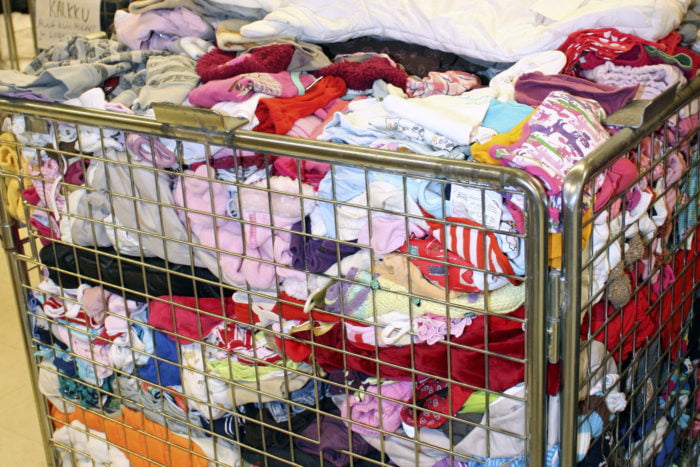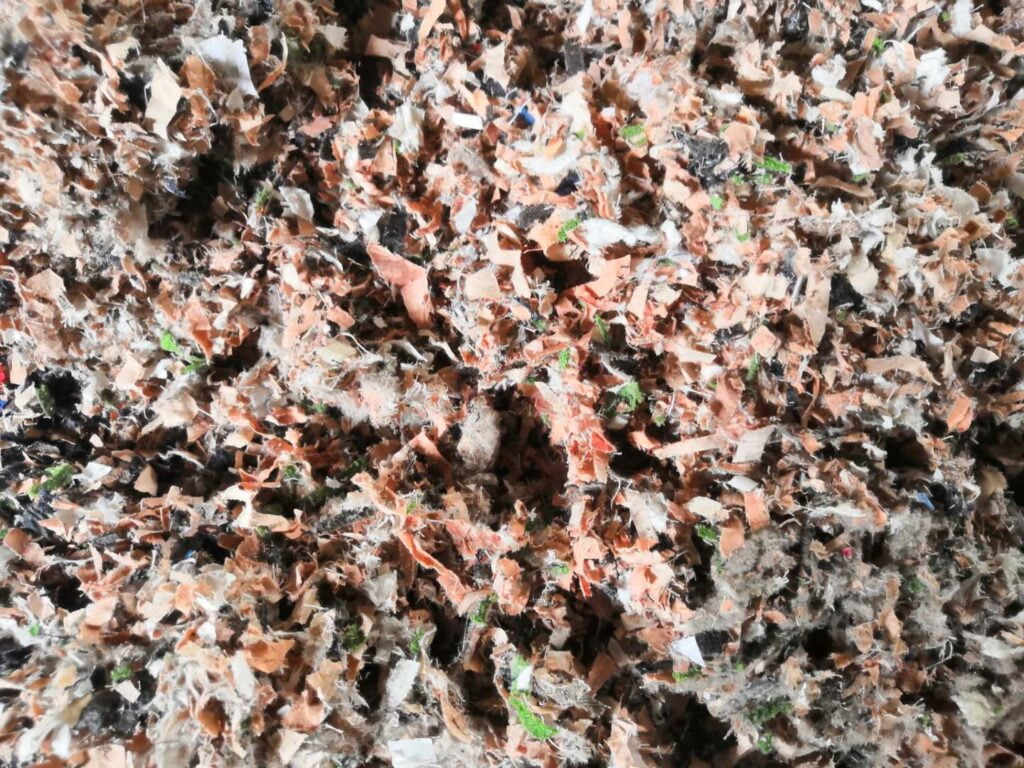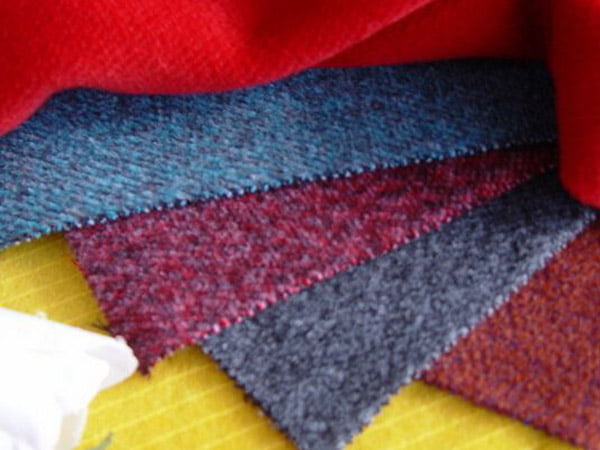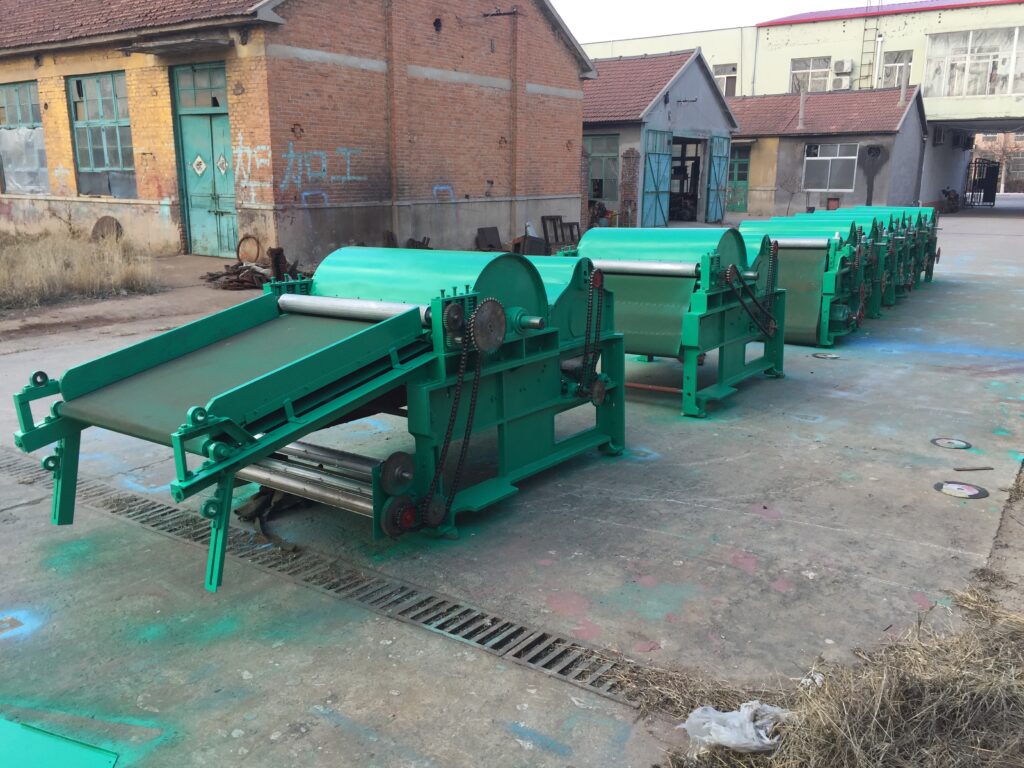Katika maisha ya kila siku, mzunguko wa kubadilisha nguo za nguo ni kiasi cha juu. Iwe imechomwa au kuzikwa, itasababisha uchafuzi mkubwa wa mazingira. Kwa sasa, nchi nyingi zilizoendelea zinapoteza kiwango cha kuchakata nguo cha takriban 25%. Imekuwa lengo letu la pamoja kuboresha ufanisi wa kuchakata nguo taka, ambayo pia ni ya manufaa makubwa kwa ulinzi wa kiikolojia na mazingira.
Upangaji wa awali wa kuchakata nguo taka
Kitambaa cha taka kinaweza kutatuliwa kwa mara ya kwanza kulingana na kiwango cha uharibifu, uchafuzi wa mazingira na thamani. Kitambaa cha taka cha nguo chenye uharibifu mdogo na thamani ya chini ya uchafuzi kinaweza kusafishwa, kutiwa dawa, kupangwa, kufungwa, na kupangwa katika makundi. Kisha itatumia kama michango ya ustawi wa umma kwa misaada mbalimbali kusaidia maskini na kurudisha kwa jamii.
Wakati huo huo, nguo nyingine na vitambaa ambavyo vimeondolewa vinatengenezwa tena.

Matibabu ya nguo taka bila thamani ya kuchakata tena
Ikiwa kitambaa kinaharibika au kinachafua sana. Kisha inapaswa kusafirisha kwa uchomaji wa taka za kaya au vifaa vya usafi kwa ajili ya matibabu na utupaji.
Vile vile, kitambaa cha taka kama taka hatari kinapaswa kusafirishwa kando hadi kituo cha matibabu cha taka hatarishi cha manispaa kwa matibabu.
Matibabu ya nguo za taka zilizorejeshwa
Urejelezaji unaweza kutumia mbinu ya mitambo, mbinu ya kimwili, na mbinu ya kemikali. Mbinu ya kuchakata tena inapaswa kuchagua ipasavyo kulingana na rangi, muundo wa malighafi, na gharama ya kuchakata taka ya vitambaa.
Matumizi ya kina ya makampuni ya biashara ya kitambaa yanapaswa kuandaa vifaa vya kuondoa vumbi ili kukabiliana na vumbi linalotokana na mchakato wa kuchakata tena. Na wafanyikazi wanapaswa kuvaa vinyago na vifaa vingine vya kinga.

Faida za kuchakata tena
Kwa kila kilo ya nguo taka kutumika. Kisha kilo 3.6 za uzalishaji wa kaboni dioksidi zinaweza kupunguzwa, lita 6,000 za maji zinaweza kuokolewa, na kilo 0.3 za mbolea na kilo 0.2 za dawa za wadudu zinaweza kupunguzwa. Kwa hivyo kuchakata na kutumia tena nguo taka kumekuwa makubaliano ya kimataifa kuhusu uhifadhi wa nishati, upunguzaji wa hewa chafu, na ulinzi wa mazingira.

Laini ya kuchakata nguo/pamba taka
El Shuliy waste textile recycling machine de nuestra empresa es una línea de procesamiento importante en el proceso de reciclaje de tela de desecho. Consiste principalmente en cuatro máquinas.
Miongoni mwao, kwanza, mashine ya kukata nyuzi za nguo inafaa kwa kukata na kukata kila aina ya mabaki ya nguo, nguo za zamani, pamba ya pamba, nyuzi za kemikali, nyuzi za kioo, kitani, hariri ya nguo, ngozi, katoni, filamu ya plastiki, na zisizo nyingine. -vifaa vya laini vya kawaida na vya mwelekeo.

Mashine za kufungua na kusafisha zinawajibika kwa mfululizo wa matibabu, kama vile kufungua na kusafisha nguo za taka. Kisha kufikia madhumuni ya kuchakata kitambaa cha taka.
Hatimaye, tumia baler kufunga kitambaa cha kutibiwa. Ambayo kwa ufanisi huokoa nafasi ya kuhifadhi na hufanya usafiri kuwa rahisi zaidi
